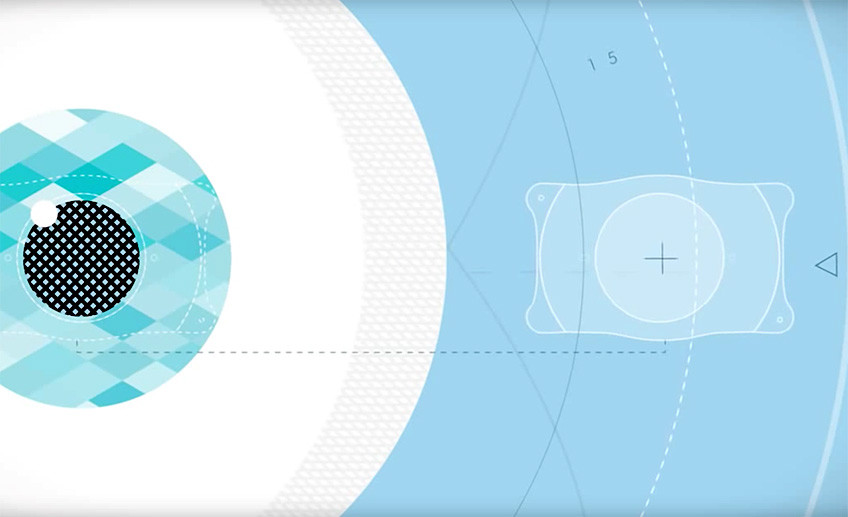The Visian ICL, also known as the implantable collamer lens, is a type of refractive procedure to help correct nearsightedness. If you are between the ages of 21 and 45, nearsighted, and have had stable vision for a year, you are an excellent candidate for the Visian ICL. One main difference that separates Visian ICL from LASIK and PRK is that the Visian ICL does not use a laser to reshape the corneal surface of your eyes.
About one to two weeks prior to the insertion of the Visian ICL, your ophthalmologist will perform a YAG laser iridotomy. During this procedure, your surgeon will use a YAG laser to make one or two small openings near the edge of your iris, which is the colored part of the eye. These openings serve as outlets that will allow the fluid in your eye to circulate around the lens.
The entire procedure for the implantation of the Visian ICL will take about 15 to 30 minutes. Most patients say it is relatively painless due to the use of topical anesthesia. Someone will need to drive you home following the procedure.
On the day of your procedure, prior to surgery, your surgeon will administer topical anesthesia to minimize discomfort. A gel-like substance will be placed inside your eye to protect the eye during lens placement. This gel will be removed at the end of the procedure. Following placement of the gel, a small opening will be made, through which the lens will be inserted. The surgeon will then create one or two small openings at the base of your cornea that will be used to position the lens. As the lens is inserted, it will gently unfold in your eye. Once the lens has fully unfolded, the four corners of the lens will be placed behind your iris. This makes the lens invisible to both you and others.
The recovery time for the Visian ICL is very quick and comfortable, and may be as little as a day, due to the very small size of the incision required. The incision needed to implant the foldable Visian ICL is tiny and located on the far edge of the cornea, where there is little danger of it interfering with vision. Once the lens is implanted, sutures are typically not needed to close the incision, further simplifying the procedure.

